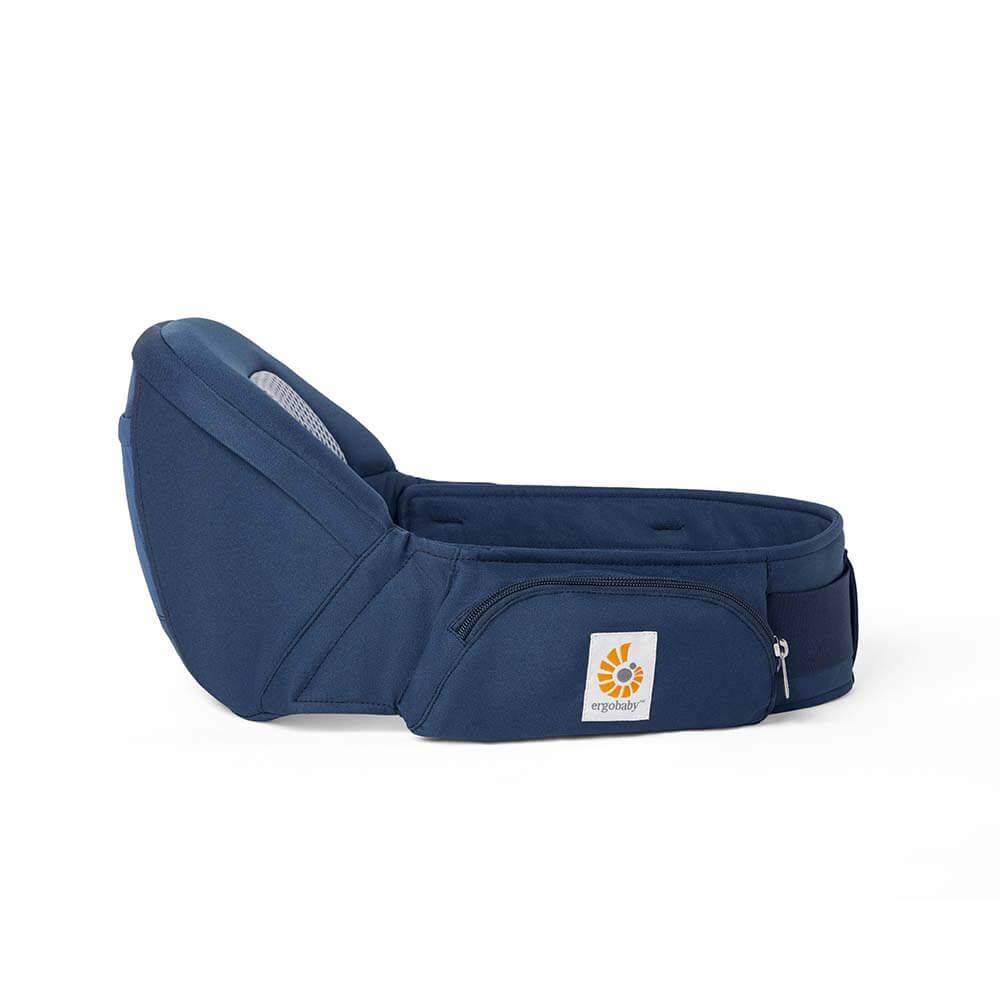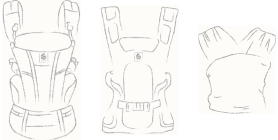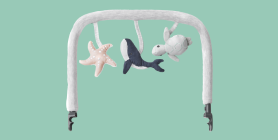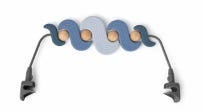Jennifer Lezak
Jump to a Section:
We have all heard about new car smells, but what about new baby smells? You know, that earthy, new baby smell, that one that causes dopamine to release in your brain and makes you feel so good - what is it? Smell can be the most potent sense to strike up an emotional response.
So, what exactly is that new baby smell?
The smell of a newborn is likely thought to be a combination of chemicals secreted through sweat glands, lingering amniotic fluid and vernix caseosa, the white cheese-like cream that covers babies at birth; all this combined, is thought to create a combination of intoxicating medley aroma that nature designed to pull you in. Whatever it is, that distinct smell provides a pathway to our brains and to ultimately our hearts and binds us to that little life in front of us. Although the newborn scent eventually fades (usually around six weeks of age) many parents
While most new mamas love breastfeeding time with their new little one, most also look forward to the day their partner can take part in feeding the baby, too (usually late at night so mom can get a little sleep!) So naturally a burning question on many new parents’ minds is: When is it okay to give my baby a bottle? Most experts agree that if things are going well with breastfeeding, and there is no indication or medical reason that your baby needs to be supplemented or fed with a bottle, it is in your breastfeeding and baby’s best interest to hold off for approximately 3 to 4 weeks before introducing bottle feeding. By following this general guideline, you will have well established your breastfeeding routine. After about a month, you will have let the baby dictate your milk supply before introducing something new. However, if you wait too long—usually more than 6 weeks—there is a risk that your baby may refuse the bottle. To feed your baby via a bottle, parents can use either expressed
Once she’s born, your baby first learns about scent, touch, sight, hearing, taste and trust —along with many other things—from being right there against you. She came from you. And now that she’s here, skin to skin, also known as Kangaroo Care, is a way to maintain that unique closeness you and baby shared when she was in your womb. When naked baby is put right onto mom’s bare chest, skin to skin, she is usually happier. Remember in the womb, your baby didn’t have to regulate her temperature. So right there next to you helps her stay nice and cozy. In my experience, babies who are allowed more time skin to skin have better weight gain than those who are not. They literally have access to mom’s breast milk whenever they want it. They also don’t have to use their calories to regulate their own temperatures — they use their energy to grow. This means a happier infant with a stable heart and breathing rate. When a mother practices skin to skin, her own stress levels
photo courtesy of Lindsey Shipley/Lactation Link
Your body is your baby's first home, and this relationship doesn’t need to end just because he’s out of the womb. Now out in the world, your babe wants to spend all of his time on top of your body. This is where he first learns about scent, touch, sight, hearing, taste and trust, along with many other things. Skin to skin, also known as Kangaroo Care, is a way to maintain that unique closeness you and baby shared when he was in your womb. Kangaroo care refers to the practice of holding your diapered babe—be he premature, full term or anytime during infancy—against your bare chest, with either a shirt or a blanket around the baby’s back to keep him warm. This snuggling of the infant against the body makes like a kangaroo’s pouch—hence the name, Kangaroo Care. Kangaroo Care can begin in most cases immediately after birth and can continue as long as you want to practice. There is no age at which skin to skin is no longer recommended. Skin
While some women never experience nipple pain when breastfeeding, for many new mothers nipple soreness in the first few days is very common. In fact, sore nipples are the number one reason most women give up on breastfeeding. It’s really a shameful statistic, since, for most women, the pain and tenderness is only temporary and usually lessens after a matter of days. In the first few days of breastfeeding, tender and sore nipples are to be expected. However, cracked and bleeding nipple conditions that last longer than a week should send a signal to new mothers that something more is going on, and it may be time to seek professional help. When a baby first latches on, there may be some level of pain. I always tell my clients to count to 30 and see if the pain level abates. If her pain doesn’t lessen up, it probably means they baby has not latched on or positioned properly. The solution is simple: try to take her off and latch her back on again. Your nipple should look
The AAP recommends exclusive breastfeeding for the first 6 months, and that babies continue to breastfeed for one year and for as long as is mutually desired by the mother and baby. Here are a few tips to help you get moving in the right direction with your little one:
- Get help before baby arrives. Plan to take a pre-natal breastfeeding class. It’s important to understand the basic science of breastfeeding so you can take confidence in your body doing what it is designed to do and provide for your baby. What are the stages of milk production? How much milk does your baby really need in the first few days of life? What does it mean to properly position your infant and latch? Knowledge and at least thinking about the questions of how to nourish your baby will serve you well before your little one arrives. Don’t wait to get help and reach out if you have small questions or big concerns. Take the time to think about what’s coming so you can trust yourself and feel more in control.
- Plan on
Happy IBCLC Day! The International Board of Certified Lactation Consultants Day falls on the first Wednesday of March. And it’s a great day to recognize those that helped you to reach your breastfeeding goals. With that in mind today, I wanted to share many of the ways that IBCLCs love to help empower you to meet your personal breastfeeding goals.
We are there to help you even before your little one arrives.
Taking a prenatal breastfeeding class with an IBCLC is a great way to get off on the right breastfeeding foot. Not only will it help you feel more confident right from the start but also can provide you the tools to recognize any issues you might have so you can get the support you need right away.
We aren’t just here for you when the baby is brand new.
Getting ready to go back to work? Thinking of starting solids? We love to help mamas and babies throughout the entire feeding journey.
We love to support moms and babies not only in times of joy but also through the tough times.
Let
Congratulations! You’re going to be a Mama! Have you been feeling the urge to tackle the garage clutter? Clean out the attic? Organize everything in your house? Guess what - you’re nesting! The nesting instinct is a primal instinct that goes back thousands of years. It’s nature’s way of helping you feel confident and ready to protect, nurture and welcome a child into your home. While this can be a productive moment to accomplish great things — like taking a birthing class, decorating your nursery or organizing your house —it is also important not to get too overwhelmed and stressed out. Remember, your baby doesn’t care if you haven’t organized your sock drawer.
Getting Ready For Baby
A great way for you to have some control and knowledge about what is to come is to educate yourself and make your plans known. While the urge to scrub clean all the grout in your entire house may be strong, take some time and make a list of the highest priority items that you feel must be accomplished
Here you are -- you finally think you have this breastfeeding thing down. No more sore nipples, baby is gaining weight, sleeping in longer stretches, and you’re finally starting to feel like your old self again. Then suddenly you have a drop in your milk supply in what seems like overnight. This sudden change isn’t uncommon to nursing mothers, but it can cause momentary panic in a new mom and leave you wondering why this is happening. Many things can cause a once robust milk supply to drop. It could be that you went back to work and are now separated from your baby for longer stretches during the day, perhaps you had an illness, have had recent stress in your life, return of your menstrual cycle, or just plain haven’t been taking good care of yourself. Whatever the reason for this drop, there are things you can do to increase your milk supply and bring it back up to the level it once was.
Can you increase your milk supply after it decreases?
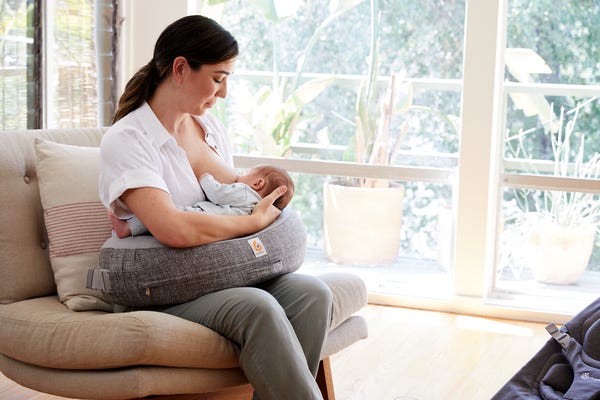 Yes. The fastest way to increase your milk supply
Yes. The fastest way to increase your milk supply





